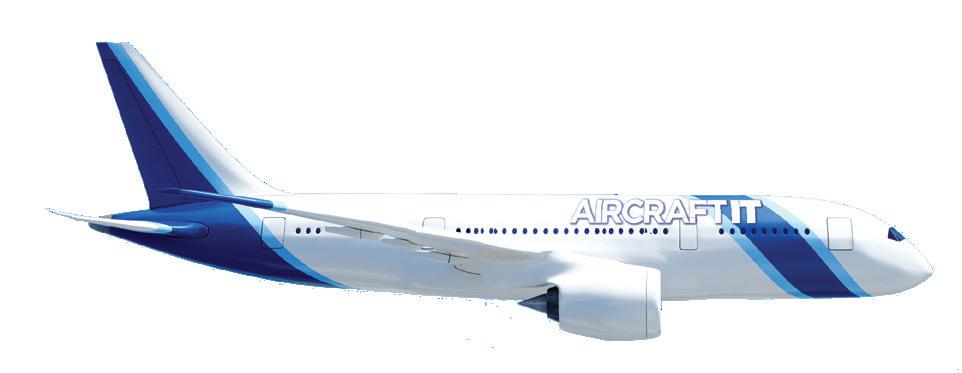
5 minute read
The world according to IT and me
The other new normals
Paul Saunders, Solutions Director at Vistair Systems considers how the pandemic drove some long-overdue changes in work practices
Ithink it was at the virtual Zoom Developer Conference in the Spring of 2020 that I first heard the term ‘new normal’. It’s a useful but annoying term to summarize all of the rituals of home working, mask-wearing, sanitized groceries, and elbow bumps, into one handy catch-all phrase. It was a term bandied around so much at tech conferences to define product strategy that a few of my colleagues and I reverted to a drinking game every time ‘new normal’ was mentioned. blah blah blah... working from home… blah blah blah… chat-ops… blah blah blah…. new normal…
‘DRINK!’ I remember getting quite drunk at a virtual
Slack conference.
As 2020 rolled into 2021 and 2022 new concepts entered the new normal. Vaccination status, hybrid working, and lesser-known letters of the Greek alphabet are factors that impact our lives now. However, coming nearer to home, there have been some other less subtle new normals that I’ve noticed in recent months that have radically changed the nature of my work in Flight Operations technology.
DO MORE WITH LESS
Perhaps the most heard challenge from customers and contacts is that people are expected to do more with less. What does that mean for an industry that was fairly lean in the first place?
At the time of writing, commercial passenger and employee numbers were still several percentage points below pre-pandemic figures (according to the Bureau of Transport statistics). Add the Great Resignation to the mix and we’re seeing fewer experienced staff in the workplace. Airlines are turning to more automation, more mobility, and more digital transformation to squeeze the last drop of productivity out of a smaller headcount. I’m seeing an acceleration of the shift to the cloud, and an overhaul of long-established legacy procedures. Airlines are more reluctant to host or build their own software allowing them to focus on their core business.
PAPERLESS 3.0
I voted recently. The most notable change was how you filled in your ballot paper. Instead of a pencil tethered to the polling booth, I was given a singleuse pencil by the clerk. This was additional proof to me that as a society we are expected to touch fewer things that others have handled. Does this mean the ultimate death of the shared desktop and a further drive to rid the aircraft of the final few pieces of paper we have left? I’m seeing evidence of crew check-in procedures being modernized and personal issue mobile devices being distributed to more crew. The first wave of paperless innovation was the introduction of the first EFBs; the second wave accompanied the introduction of the iPad. Along with the requirement to do more with less, the third wave that is now upon us seems to be driven by the removal of items that multiple people must touch. Fax machines, printers, and desktops have been cluttering crew rooms and harbouring germs for decades. Has the pandemic finally seen them all consigned to the dumpster? Let’s hope so.
DATAFICATION
The pandemic has shone a light on data literacy and data-driven decisionmaking. A pre-Covid study found that only ten percent of UK workers felt prepared to work with data. Given this, many government bodies and mainstream media outlets found they had to evolve their presentation of statistics to ensure that public health messages could land with little room for misinterpretation. The accuracy, trustworthiness, distribution, and presentation of data have been a global challenge for data practitioners, but their advances have benefited other industries looking to communicate with data in order to drive efficiencies and new normal practices.
It seems like it is more and more commonplace for decision-making to be driven by evidence and less by gut feel. I’m seeing an increase in investment in data science, data engineering, and data platforms. Where those resources are bottlenecked by revenue generation initiatives, then we are seeing data projects being decentralized.
We may continue to argue about new normal public health policies such as vaccinations, masks, and working from home; but I’d like to think that the removal of paper-generating technologies will be universally welcomed. Or at least that’s my take on IT & Me!
PAUL SAUNDERS
Paul is a product visionary and geek who’s spent over 20 years in aerospace IT working with airlines, MROs, OEMs and software companies around the world. He believes that much business software sucks and is on a mission to redress that. Currently he’s leading a team of Product Managers, Product Specialists and Project Managers as Solutions Director at Vistair Systems. He spent the last three years outside of aerospace working in the Atlassian ecosystem and is currently banging on about bringing some of that SaaS, cloud and serverless tech into the aviation world.

WHAT’S IN THE MRO ISSUE?
CASE STUDY: Increasing engine on wing time at Neos Air
Using Rolls-Royce Blue Data Thread powered by QOCO, Neos Air has optimized time on wing and improved the productivity of its engines.
CASE STUDY: All change for the better at Mexicana MRO
From data silos to a fully integrated MRO IT solution; Mexicana MRO Services’ selection, adoption and implementation of a new system.
WHITE PAPER: A lifelong digital maintenance record for aviation assets, Part 1
DARS is set to change the way asset maintenance is managed, revolutionize onboarding and offboarding, save significant cost and deliver better records.
WHITE PAPER: A more efficient maintenance data standard
Iryna Khomenko, Manager, Operational Efficiency, IATA TechOps Ensuring that updates and amendments get implemented everywhere is difficult. IATA’s new Scheduled Maintenance Data Standard (SMDS) tackles that problem.




